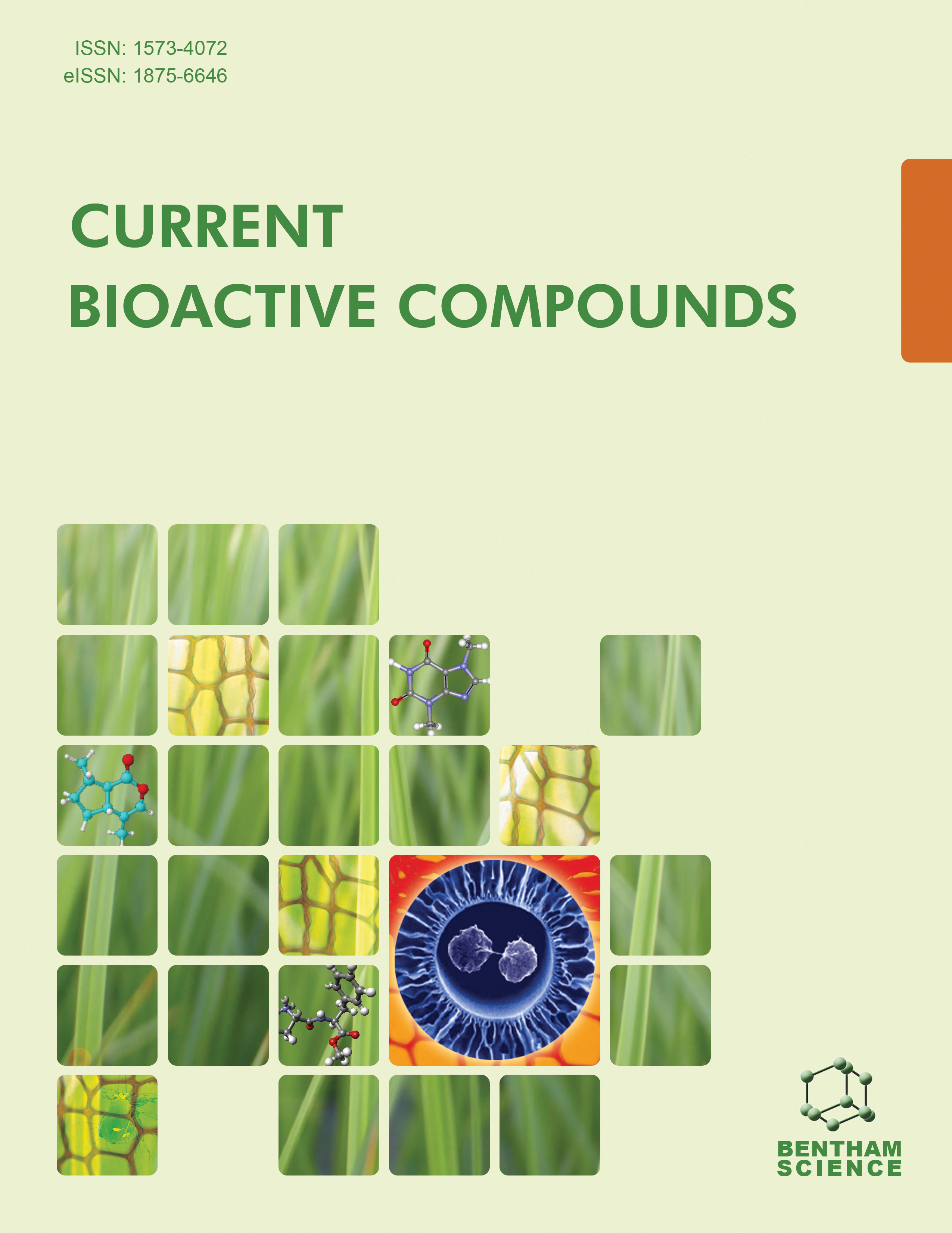
Full text loading...
We use cookies to track usage and preferences.I Understand
Many quinone derivatives as of now utilized for anticancer medications. Especially, 1,4-naphthoquinones are dynamic derivatives, and it was broadly utilized in unrefined substances in the drugs and agrochemicals industry.
In this work, we planned and combined five different moieties into 2, 3 disubstituted naphthalene-1,4-dione molecules. Various spectral studies distinguished the synthetic designs of the produced compounds. The naphthoquinone derivatives were exposed to the primary molecular descriptor by Molinspiration programming, and all the descriptor values are within the specified value.
Each of the five naphthoquinone derivatives was docked against the Topoisomerase II utilizing Auto Dock program 4.2.5. (PDB: 3L4K). The docking tells us that the studied compounds possess significant to moderate inhibition toward the targeted enzymes. Among the studied compounds, compound L3 showed the most elevated binding score (-10.66 kcal/mol with one H-bond) than the adriamycin (-9.58 kcal/mol with two H-bonds) and compound L2 (- 9.86 kcal/mol with two H-bonds). The derivatives were tried for in-vitro cytotoxicity studies against MCF - 7 by the SRB method. Among them, compounds L2 (28.42±3.1 µg/mL) and L3 (29.38±3.2 µg/mL) were the most significant ones when contrasted with the control Adriamycin (15.28±3.4 µg/mL).
The current research indicates that the tested compounds show anticancer action against the MCF-7 breast cancer cell line. Thus, the study is an attempt to advance toward the identification of innovative anticancer drugs.

Article metrics loading...

Full text loading...
References


Data & Media loading...

